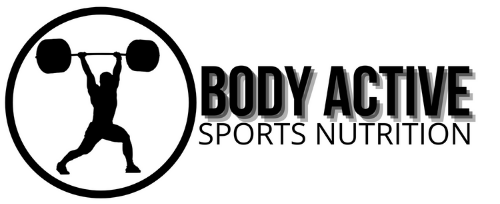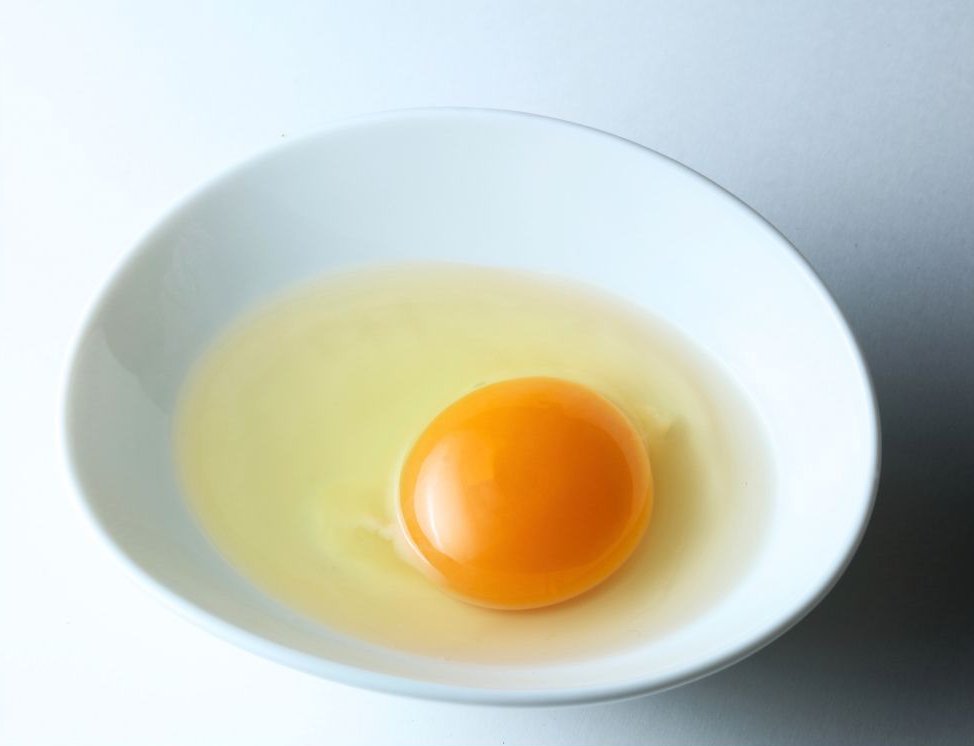Protein shakes have become a popular staple for fitness enthusiasts, athletes, and anyone looking to increase their protein intake. While there are countless ingredients you can add to a protein shake, one question often arises: Can I put raw eggs in a protein shake? The answer is yes, but there are important considerations to keep in mind regarding safety, nutrition, and alternatives.
Nutritional Benefits of Raw Eggs
- High-Quality Protein: Raw eggs are an excellent source of complete protein, containing all nine essential amino acids. This makes them an excellent addition for anyone looking to build or repair muscle.
- Vitamins and Minerals: Eggs are rich in vitamins such as B12, riboflavin, and folate, along with minerals like selenium and phosphorus. These nutrients are necessary for energy production, immunological function, and good health.
- Healthy Fats: The yolk contains beneficial fats, including omega-3 fatty acids, which are important for heart health. This can add a creamy texture to your shake.
Safety Considerations
While the nutritional benefits are appealing, there are safety concerns associated with consuming raw eggs:
- Risk of Salmonella: Raw eggs can carry harmful bacteria, particularly Salmonella, which can lead to foodborne illness. To mitigate this risk, it’s best to use pasteurized eggs, which have been heat-treated to kill bacteria without cooking the egg.
- Quality of Eggs: Always choose fresh, high-quality eggs from a reputable source. Check the expiration date and ensure they are properly stored in the refrigerator.
- Individual Health Considerations: Some individuals, such as pregnant women, the elderly, and those with compromised immune systems, should avoid raw eggs due to the heightened risk of infection. Consulting a healthcare professional is advisable if you have any concerns.
Nutritional Comparison
Here’s a brief comparison of the nutritional profiles of a protein shake with raw eggs versus a shake made with protein powder:
- Raw Egg Protein Shake: Approximately 6 grams of protein per egg, plus vitamins and healthy fats.
- Protein Powder Shake: Depending on the brand, one scoop can provide 20-25 grams of protein, along with various added nutrients.
For those focused on maximizing protein intake, protein powder may be the better choice, while raw eggs offer additional vitamins and healthy fats.
Alternatives to Raw Eggs
If you’re hesitant about adding raw eggs to your protein shake, there are plenty of alternatives that can boost your protein content without the associated risks:
- Protein Powder: Whey, casein, or plant-based protein powders are convenient options that provide a concentrated source of protein.
- Greek Yogurt: This is an excellent source of protein and adds creaminess to your shake while also providing probiotics for gut health.
- Nut Butters: Almond butter or peanut butter not only adds protein but also healthy fats and flavor.
- Cottage Cheese: This is another high-protein ingredient that can be blended smoothly into a shake, offering a creamy texture.
- Silken Tofu: A great plant-based option, silken tofu blends well into shakes and adds protein without altering the flavor significantly.
Tips for Blending
To achieve the perfect texture and flavor in your protein shake, consider the following tips:
- Layer Ingredients Wisely: Start with softer ingredients like bananas and greens, followed by the egg or protein powder, liquids, and then harder ingredients like ice.
- Use a Good Blender: A high-speed blender can help create a smoother consistency and ensure all ingredients are well mixed.
Flavor and Ingredient Ideas
Experiment with additional ingredients that can enhance your protein shake:
- Fruits: Berries, bananas, or mangoes for natural sweetness.
- Vegetables: Spinach or kale for added nutrients without a strong flavor.
- Superfoods: Chia seeds, flaxseeds, or spirulina for extra nutrition and fiber.
- Spices: A dash of cinnamon or vanilla extract for added flavor.
Meal Prep Tips
If you’re busy, consider preparing your protein shakes in advance. Here are some tips:
- Batch Prep: Blend multiple servings and store them in the refrigerator for up to 24 hours.
- Freeze Ingredients: Pre-portion fruits and vegetables into freezer bags for quick blending.
- Storage: Use airtight containers to keep shakes fresh.
Safety Tips for Handling Raw Eggs
If you decide to add raw eggs to your protein shake, follow these safety guidelines:
- Choose Pasteurized Eggs: These are treated to eliminate bacteria.
- Check Freshness: Ensure eggs are fresh and store them in the refrigerator.
- Hygiene: Wash your hands and any surfaces that come into contact with raw eggs.
Personalization Options
Encourage experimentation based on personal taste preferences and fitness goals:
- High-Carb Variations: Add oats or fruit for a post-workout recovery shake.
- Low-Carb Variations: Focus on protein sources like nut butter and green vegetables.
- High-Fiber Options: Incorporate ingredients like chia seeds or spinach.
Conclusion
Incorporating raw eggs into your protein shake can be a nutritious way to enhance your protein intake, but it’s essential to prioritize safety. Using pasteurized eggs can help mitigate the risk of foodborne illness, but individuals with specific health concerns should consult a healthcare professional before making this choice.
If raw eggs don’t appeal to you, numerous alternatives, such as protein powders, Greek yogurt, and nut butters, can effectively boost your protein content while providing a delicious flavor and texture. Ultimately, the best protein shake is one that aligns with your personal health goals, tastes great, and fits your lifestyle. By experimenting with different ingredients and methods, you can create a shake that not only fuels your body but also satisfies your palate. Enjoy the journey of discovering your perfect protein shake!

